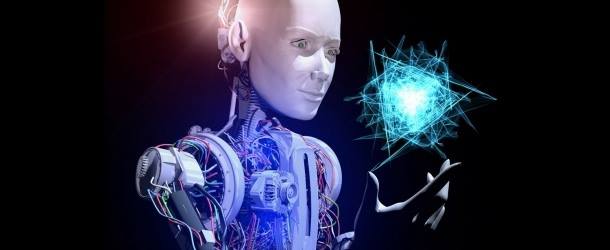Quantum Annealing Computers for Training Artificial Neural Networks

(TowardsDataScience) The future of quantum computing and artificial intelligence are hopelessly entangled thanks to quantum algorithms. This is because quantum annealing succeeds where classical algorithms often struggle or altogether fail: training artificial neural networks.
The first difference to notice between relatively conventional quantum computers and quantum annealing computers is the number of qubits they use. While the state-of-the-art in conventional quantum computers is pushing a few dozen qubits in 2018, the leading quantum annealer has more than 2000 qubits.
On August 31st, 2017, the Universities Space Research Association (USRA) announced that in partnership with NASA and Google it had upgraded the quantum annealing computer at the Quantum Artificial Intelligence Lab (Quantum AI Lab) to a D-Wave 2000Q. Partner Google has their eye on AI: “We are particularly interested in applying quantum computing to artificial intelligence and machine learning.”
This includes in-depth technical discussion of problems:
–Hill climbing
–Plateau problems
–Cost
–Local Minima



















